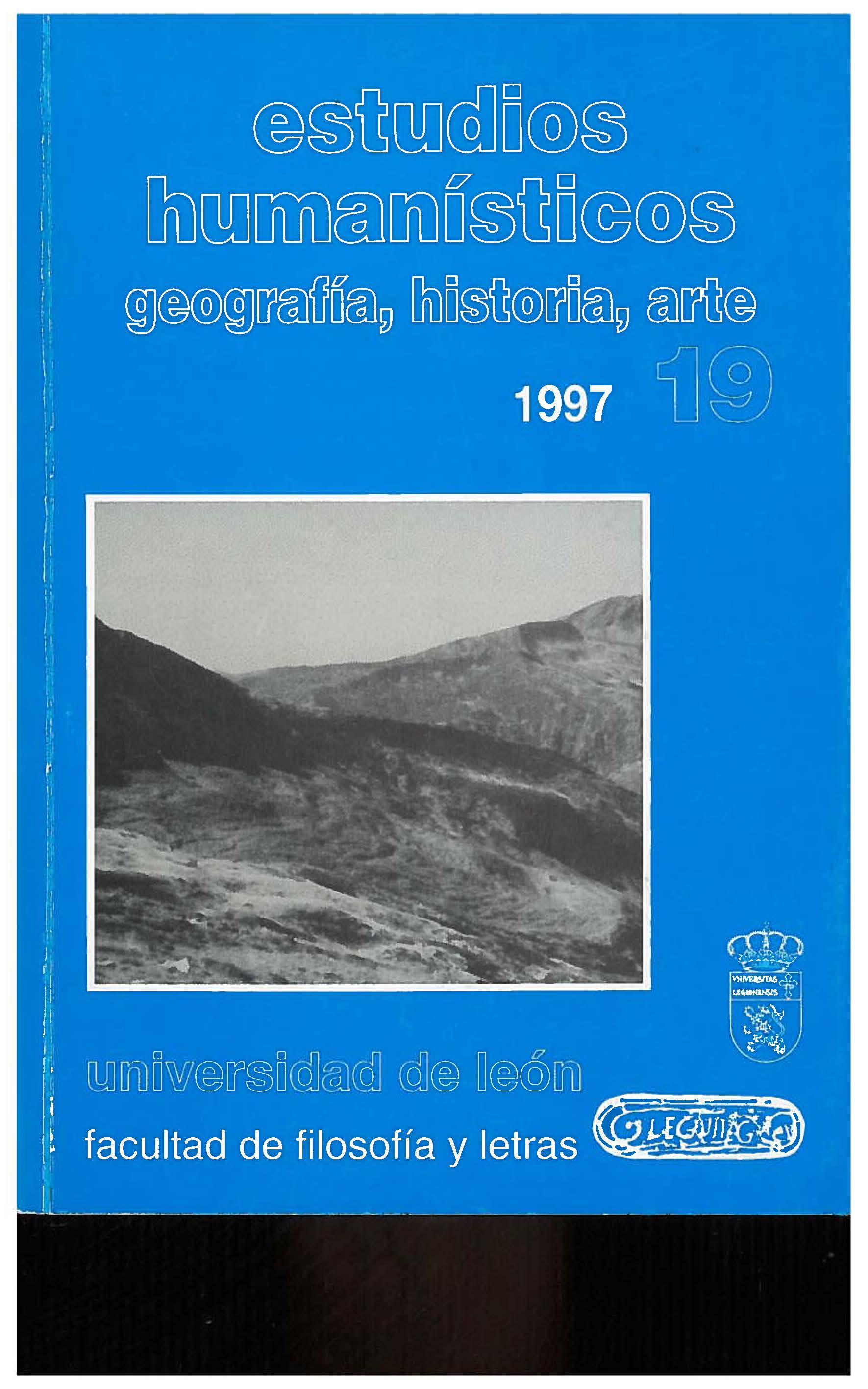La transmisión formal e iconográfica de modelos en cuatro ejemplos del arte renacentista en León
DOI:
https://doi.org/10.18002/ehgha.v0i19.6765Parole chiave:
Iconografía renacentista, copia de modelos, variación formal, transmisión simbólica, Raimondi, Pencz, Beham, Juan de Badajoz, Nicoleto Rosex, H.B. Grien, G. DoncelAbstract
The iconological method lies on the basic idea of iconographic type, understood as the inluence that a previous visual or textual model has over a concrete artistic work. The discovery of four different models in four works from the Renaissance art of León (an engraving of Marcantonio Raimondi for a possible relief of Hércules; a german engraving of G. Pencz for a triumph of Venus; different drawings by N. Rosex for a decorative panel, and another engraving, by H. B. Grien, as a model for a St. Sebastian) supports the thesis of a general influence exerted by the Italian and German art over Spanish art during the Renaissance, and allows to differentiate among various kinds of influences: the direct and literal copy of the model, the formal variation and the stylistical transformation of an artistic tradition. In the four examples, it is not possible to guarantee or to refuse (only from the formal analyis) if the original simbolic meanings of the models remain in the influenced images.Downloads
I dati di download non sono ancora disponibili.
Downloads
Pubblicato
1997-12-01
Come citare
García Álvarez, C. (1997). La transmisión formal e iconográfica de modelos en cuatro ejemplos del arte renacentista en León. Estudios humanísticos. Geografía, historia y arte, (19), 273–288. https://doi.org/10.18002/ehgha.v0i19.6765
Fascicolo
Sezione
Estudios
Licenza
Copyright (c) 1997 César García Álvarez

Questo lavoro è fornito con la licenza Creative Commons Attribuzione - Non commerciale - Condividi allo stesso modo 4.0 Internazionale.








